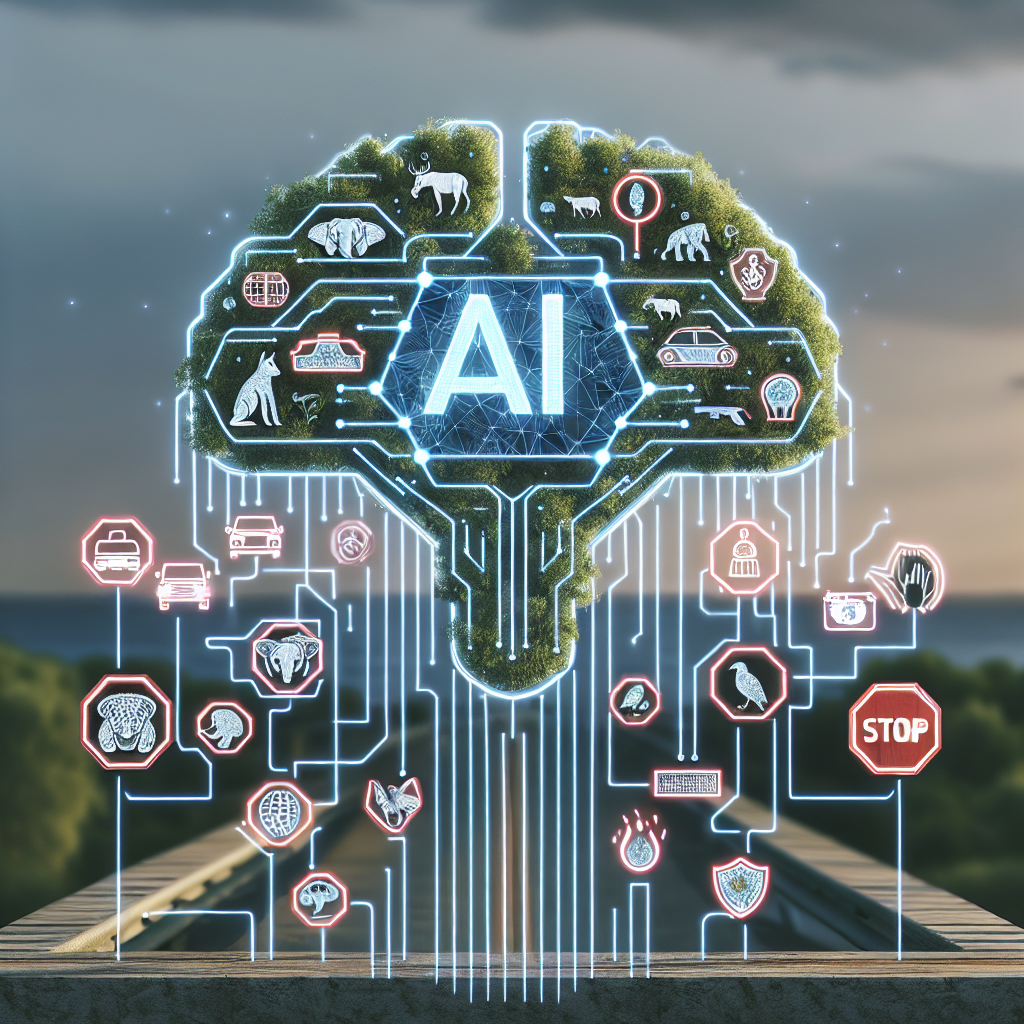The Role of AI in Wildlife Trafficking Prevention
Wildlife trafficking is a global issue that poses a significant threat to biodiversity and the survival of many species. It involves the illegal trade of animals, plants, and their products, often driven by demand for exotic pets, traditional medicine, and luxury goods. According to the World Wildlife Fund, wildlife trafficking is estimated to be worth billions of dollars annually, making it one of the most lucrative forms of illegal trade in the world.
To combat this illegal activity, governments, conservation organizations, and law enforcement agencies are increasingly turning to artificial intelligence (AI) technologies. AI has the potential to revolutionize wildlife trafficking prevention efforts by enabling faster, more efficient detection of illegal activities, and enhancing the ability to track and disrupt criminal networks involved in the trade.
AI technologies can be used in a variety of ways to combat wildlife trafficking. One of the most common applications is in the area of monitoring and surveillance. AI-powered cameras and drones can be used to monitor protected areas and key trafficking routes, allowing for real-time detection of illegal activities such as poaching and smuggling. These technologies can also be used to track the movement of wildlife and identify patterns of behavior that may indicate illegal activity.
In addition to monitoring, AI can also be used to analyze large amounts of data to identify trends and patterns that may be indicative of wildlife trafficking. By using machine learning algorithms, researchers and law enforcement agencies can analyze data from a variety of sources, such as social media, online marketplaces, and transportation records, to identify potential trafficking networks and hotspots.
Furthermore, AI can be used to develop predictive models that can help anticipate and prevent wildlife trafficking before it occurs. By analyzing historical data and identifying risk factors, AI algorithms can help identify areas that are at high risk of trafficking and prioritize resources accordingly.
Overall, the role of AI in wildlife trafficking prevention is critical in the fight against illegal wildlife trade. By leveraging the power of AI technologies, governments and conservation organizations can enhance their ability to detect and disrupt criminal networks involved in wildlife trafficking, ultimately helping to protect endangered species and preserve biodiversity.
FAQs
Q: How can AI help in the fight against wildlife trafficking?
A: AI can help in the fight against wildlife trafficking by enabling faster and more efficient detection of illegal activities, analyzing large amounts of data to identify trends and patterns indicative of trafficking, and developing predictive models to anticipate and prevent trafficking before it occurs.
Q: What are some of the challenges in using AI for wildlife trafficking prevention?
A: Some of the challenges in using AI for wildlife trafficking prevention include the need for high-quality data to train machine learning algorithms, the potential for bias in AI algorithms, and the need for collaboration and coordination among different stakeholders involved in wildlife conservation.
Q: How can individuals support the use of AI in wildlife trafficking prevention?
A: Individuals can support the use of AI in wildlife trafficking prevention by raising awareness about the issue, supporting organizations that are using AI technologies for conservation efforts, and advocating for policies that promote the use of AI in wildlife trafficking prevention.
Q: What are some examples of AI technologies being used in wildlife trafficking prevention?
A: Some examples of AI technologies being used in wildlife trafficking prevention include AI-powered cameras and drones for monitoring and surveillance, machine learning algorithms for analyzing data to identify trafficking networks, and predictive models for anticipating and preventing trafficking before it occurs.

